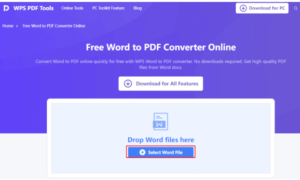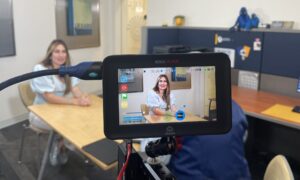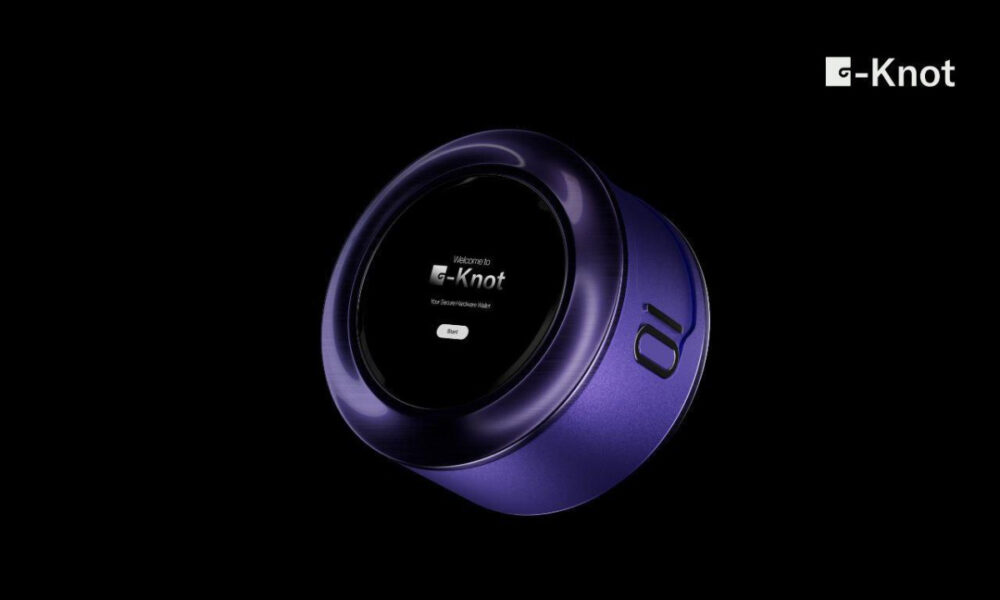Creativity is a powerful tool that makes learning exciting and meaningful. It helps students think in new ways, explore fresh ideas, and solve problems. Today, traditional teaching methods often don’t keep up with the needs of young learners. Platforms like Hitlmila bring creativity to education, transforming how students learn and apply their knowledge in real life.
Why Creativity is Important in School
Learning isn’t just about remembering facts. It’s about understanding ideas and building skills for life. Creativity is important because it helps students:
- Think Critically:It teaches them to analyze situations and come up with smart solutions.
- Stay Interested:Fun and creative lessons keep students focused and excited.
- Feel Confident:Making something original boosts their self-esteem and encourages them to take on challenges.
- Work Together:Group projects show the value of teamwork and sharing ideas.
Making Classes Fun and Interesting
Adding creativity to lessons can make learning much more enjoyable. For example, instead of just talking about history, teachers can have students act out important events. This not only makes the topic fun but also helps students remember it better.
Another way is through storytelling. A teacher might turn a math lesson into an adventure where the hero solves puzzles to find treasure. This makes learning feel like a game.
Helping Students Think Creatively
Creative thinking is all about solving problems in unique ways. Teachers can encourage this by:
- Asking Open Questions:Questions without one right answer let students explore new ideas.
- Group Brainstorming:Team activities can spark fresh perspectives and solutions.
- Hands-On Projects:Assignments that involve research and creating something teach students to use their imagination.
For example, a science teacher might ask the class to design an eco-friendly city. This would get students thinking about sustainable energy, technology, and other solutions.
Including Everyone Through Creativity
Every student learns differently, and creativity allows teachers to reach everyone. By using art, music, stories, and hands-on tasks, teachers can make lessons work for all kinds of learners—whether they learn best by seeing, hearing, or doing.
For example, instead of just reading about mountains, students could build 3D models or write songs about them. This ensures everyone feels involved and makes learning more fun.
Teaching a Growth Mindset
Creativity helps students believe they can grow and improve by working hard. When students try new ideas and see mistakes as part of learning, they become more confident and open to challenges.
Teachers can help by focusing on effort instead of just results. If a student’s art project doesn’t turn out as planned, the teacher can praise their creativity and what they learned along the way.
Using Technology to Boost Creativity
Technology gives students many ways to be creative in school. Digital storytelling, apps, and virtual reality make learning exciting. For example, students could use VR to explore historical sites or use coding games to learn problem-solving.
A lesson on the solar system could let students design their own planets with unique features, making science both fun and interactive.
Connecting Creativity to Real Life
Creative learning doesn’t just make school fun; it also helps students prepare for the future. Many jobs today need people who can think of new ideas and solve problems in creative ways. By practicing these skills in school, students get ready for real-world challenges.
For example, students could work on a project to reduce waste at school. They might make posters, start a recycling program, or design new tools. These activities teach teamwork, responsibility, and innovation.
Overcoming Obstacles
Adding creativity to teaching can be challenging. Teachers might have limited time, resources, or strict rules to follow. But small steps can make a big difference.
Teachers can start with simple activities like group brainstorming or art projects. Over time, they can introduce more creative ideas. Schools can also help by offering workshops and sharing materials with teachers.
The Role of Families and Communities
Parents and communities play a big part in encouraging creativity. At home, parents can support curiosity by providing books, art supplies, or educational games. Communities can organize events like art shows or science fairs to inspire students and celebrate their talents.
When families and schools work together, they create an environment where creativity can grow.
Conclusion
Creativity is the key to making education exciting and inspiring. By using creative teaching methods, encouraging new ideas, and including everyone, teachers can prepare students for a bright future. Platforms like Backmagazine can showcase innovative teaching strategies and success stories, inspiring educators and learners alike. When schools, families, and communities work together, there’s no limit to what students can achieve. Let’s use creativity to unlock every learner’s potential and make learning a joyful journey.



































